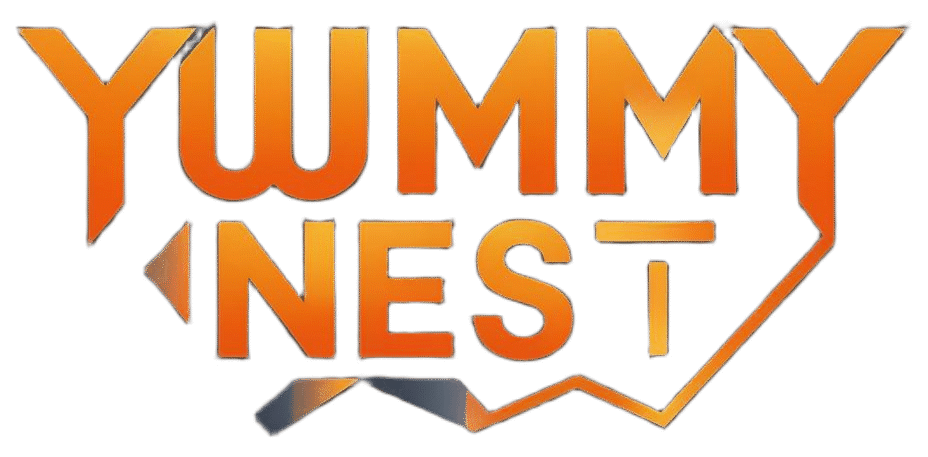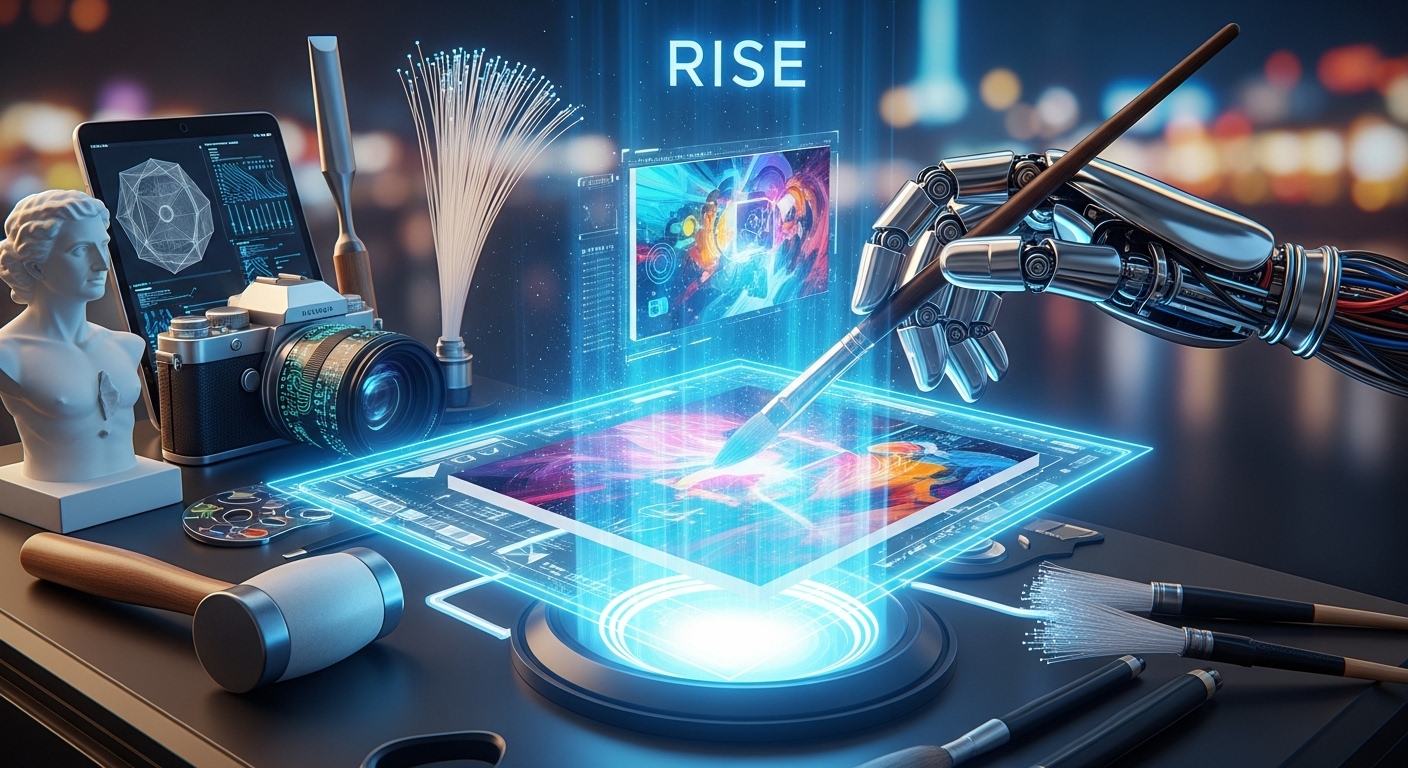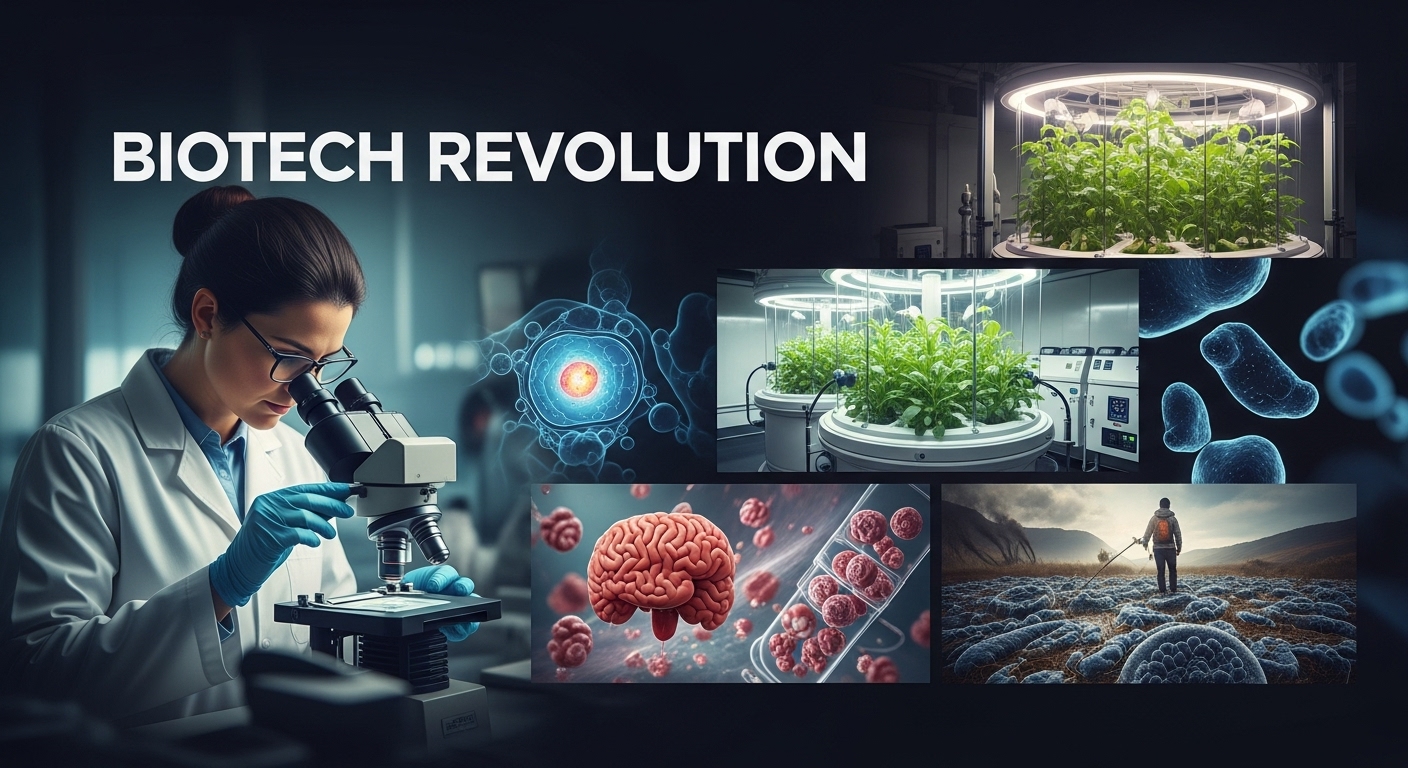Introduction
Art has always been one of the most profound expressions of human imagination, emotion, and identity. From cave paintings to Renaissance masterpieces, from classical music to digital media, creativity has evolved alongside human civilization. In the twenty-first century, a new and unexpected player has entered the creative stage: artificial intelligence. What was once the domain of algorithms and data processing has now extended into the realms of painting, music, literature, and design. The rise of AI art and creativity has sparked both excitement and controversy, raising questions about the very nature of creativity, ownership, and the role of human artists in a future shaped by machines.
The story of AI-generated creativity is not simply one of machines replacing artists but of technology expanding the boundaries of artistic expression. Just as photography, film, and digital editing transformed how humans view and create art, AI is becoming the latest tool reshaping the cultural landscape. This blog will explore the rise of AI art, the technologies behind it, the opportunities it presents, the debates it provokes, and the implications it holds for the future of creativity.
The Foundations of AI in Creativity
Artificial intelligence, at its core, refers to systems that can perform tasks that usually require human intelligence. These include problem-solving, pattern recognition, and decision-making. In the context of art, AI relies heavily on machine learning and deep learning models. These systems are trained on massive datasets of existing art, music, or text, learning patterns and styles that they can later use to generate new creations.
For example, image-generating AI models can analyze thousands of paintings, photographs, and illustrations to understand how shapes, colors, and textures work together. Once trained, they can produce original images that resemble human-made artwork. Similarly, language models can study books, poems, and stories to generate new writing in a chosen style. Music-generating algorithms can compose songs after learning the structure of different genres. What is remarkable is that these AI systems are not simply copying but recombining and reimagining elements in ways that often surprise even their creators.
A Brief History of AI and Art
The connection between computers and creativity is not as new as some may think. As early as the 1960s, pioneers like Harold Cohen began experimenting with programs that could produce drawings. Cohen developed a system called AARON, which created abstract art through programmed rules. Over the decades, computational creativity advanced slowly as computer scientists explored how algorithms could mimic aspects of human imagination.
The breakthrough came with advances in deep learning and neural networks in the 2010s. These technologies allowed AI systems to move beyond rigid instructions and instead learn creatively from vast amounts of data. Generative Adversarial Networks, or GANs, introduced in 2014, became a key innovation. GANs pit two neural networks against each other, one generating images and the other evaluating them until the results become convincingly realistic. This method has been widely used in producing AI-generated paintings, portraits, and even realistic human faces that do not exist in reality.
The cultural shift became undeniable when an AI-generated painting titled “Portrait of Edmond de Belamy” was auctioned at Christie’s in 2018 for over $400,000. It marked one of the first moments when the art world officially recognized AI as a creator, not just a tool. From that point on, AI art moved rapidly from research labs into mainstream discussions, sparking debates about creativity, value, and originality.
AI in Visual Arts
Perhaps the most widely recognized impact of AI in creativity is in the visual arts. Tools powered by AI can generate paintings, illustrations, digital portraits, and even entirely new artistic styles. Artists now use AI not only to automate processes but to explore uncharted creative directions.
AI art generators can create photorealistic images, abstract compositions, or hybrid styles that combine elements of different art movements. Digital artists collaborate with algorithms, feeding them prompts and refining the results to achieve a desired vision. Some use AI as a sketching assistant, producing drafts that are later refined by human hands. Others allow AI to take the lead entirely, producing images that no human artist could have envisioned alone.
This new relationship challenges the traditional role of the artist. In some cases, the artist becomes more of a curator or director, guiding the AI rather than producing every brushstroke themselves. The creative process shifts from manual execution to conceptual exploration, where ideas matter more than technical skill.
AI and Music Composition
The impact of AI is not limited to the visual world. Music has also entered the age of artificial intelligence. AI systems can compose melodies, harmonies, and rhythms that resemble human compositions. By analyzing large collections of songs across genres, algorithms can generate new tracks in styles ranging from classical symphonies to modern pop.
Musicians increasingly use AI as a collaborator. For example, a composer might input a theme or mood, and the AI generates multiple variations that the musician can refine. This speeds up the creative process and opens new possibilities for experimentation. AI-generated music also has practical uses in industries like film, gaming, and advertising, where soundtracks need to be produced quickly and tailored to specific moods or scenes.
The blending of human and machine creativity in music has even led to new genres that defy conventional classification. Just as electronic synthesizers once transformed the music industry, AI is poised to expand the definition of what music can be.
AI in Literature and Storytelling
Writing, often considered the pinnacle of human expression, is also being reshaped by artificial intelligence. Language models can generate short stories, poems, and even full-length novels. While the results vary in quality, the progress has been striking. Writers use AI to overcome creative blocks, brainstorm ideas, or co-create narratives.
For instance, a novelist might use AI to generate dialogue between characters, while poets experiment with AI-generated verses to inspire new forms of expression. Publishers and media outlets also use AI to produce automated reports, sports summaries, or news digests, freeing human writers to focus on analysis and storytelling.
The rise of AI in literature also raises questions about originality. If a model produces a poem in the style of Shakespeare, is it truly Shakespearean, or is it something new? Does the machine understand the meaning of the words, or is it simply mimicking patterns? These questions highlight the tension between human interpretation and machine generation in creative writing.
The Debate Over Creativity
The emergence of AI in the creative world has sparked a fundamental debate: can machines truly be creative? Traditional definitions of creativity emphasize originality, intentionality, and emotional depth. Critics argue that AI lacks consciousness, emotions, and personal experiences, which are central to meaningful artistic expression. To them, AI is merely recombining existing data, not creating in a human sense.
Supporters, however, suggest that creativity does not require consciousness but the ability to generate new and valuable ideas. By this definition, AI art qualifies as creative. Furthermore, collaboration between humans and AI can lead to results that neither could achieve alone, suggesting that creativity is expanding rather than being replaced.
This debate touches on deeper philosophical questions about what it means to be an artist. If creativity is defined by output rather than intent, then AI has already proven its creative potential. If it is defined by human experience and emotion, AI may remain a tool rather than a creator.
Ethical and Legal Challenges
With the rise of AI art comes a host of ethical and legal concerns. One major issue is copyright. Since AI systems are trained on existing works, questions arise about whether the generated art infringes on the rights of original creators. Should artists whose work was part of the training data be compensated? Should AI-generated works be copyrighted at all, and if so, who owns them: the developer, the user, or the AI itself?
Another concern is authenticity. The ability of AI to create realistic images or mimic famous styles raises the risk of forgery and misinformation. Deepfakes, for example, can be used to create convincing but false videos that can mislead the public. This challenges society to establish safeguards while still encouraging innovation.
There is also the fear that AI may devalue human artistry by flooding the market with low-cost, mass-produced creations. While technology has always disrupted creative industries, the scale and speed of AI generation are unprecedented. Ensuring that human creativity remains valued will be one of the greatest challenges of this new era.
Opportunities for Artists and Creators
Despite the concerns, many artists view AI as an opportunity rather than a threat. AI can serve as a collaborator, expanding creative possibilities and pushing artists beyond their comfort zones. Instead of replacing human ingenuity, it can enhance it.
For emerging artists, AI lowers barriers to entry by providing tools that were once costly or technically demanding. A beginner can now create complex digital art or compose sophisticated music with the assistance of AI. For professionals, AI accelerates the creative process, freeing time for conceptual development and experimentation.
Moreover, AI enables entirely new forms of art that blend human input with machine output. Interactive installations, AI-driven performances, and personalized artworks tailored to individual viewers are just a few examples of the innovative possibilities.
The Democratization of Creativity
One of the most profound impacts of AI art is the democratization of creativity. Throughout history, access to artistic creation has been limited by skill, resources, and opportunity. AI tools make it possible for anyone with a computer or smartphone to experiment with painting, music, or writing, regardless of traditional training.
This democratization could lead to an explosion of creative expression worldwide. People who never considered themselves artists may discover new forms of self-expression. Communities that lacked access to traditional art education can now engage in creative exploration. While some worry this could oversaturate the creative landscape, others see it as a celebration of human diversity and imagination.
The Future of AI and Human Creativity
Looking ahead, AI will likely become an inseparable part of the creative process. As technology advances, AI-generated art will become more sophisticated, indistinguishable from human creations, and integrated into everyday life.
However, the future is not one where machines dominate but where humans and AI collaborate. Just as cameras did not end painting and word processors did not eliminate writing, AI will not erase human creativity. Instead, it will reshape the tools, methods, and possibilities available to artists. The greatest works of the future may be those that embrace the synergy between human imagination and artificial intelligence.
Conclusion
The rise of AI art and creativity represents one of the most fascinating cultural shifts of our time. It challenges traditional definitions of artistry, raises ethical questions, and opens new doors of expression. While concerns about authenticity, ownership, and value remain pressing, the opportunities are immense. AI has the potential to democratize creativity, empower artists, and inspire entirely new forms of artistic expression.
At its core, art has always been about exploration, communication, and transformation. Artificial intelligence, rather than diminishing these qualities, is expanding them in unprecedented ways. As society learns to navigate the balance between human and machine creativity, the future of art may become more vibrant, diverse, and boundless than ever before.


